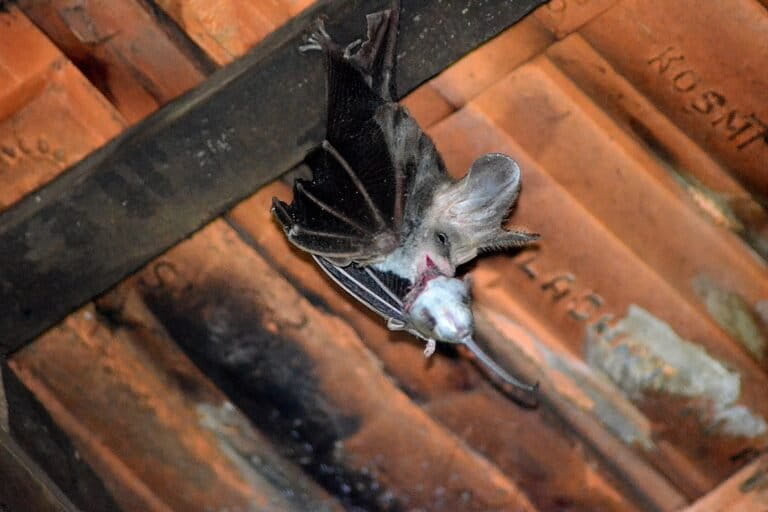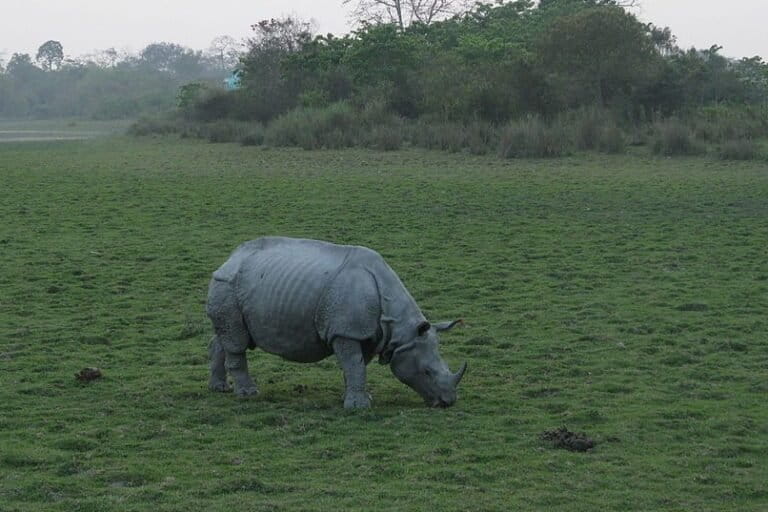
Mongabay series: Beyond Protected Areas
Protected areas only cover about 5.02 percent of India’s total area. Consequently, a large percentage of India’s wildlife live outside protected boundaries. This gives rise to situations spanning between coexistence and conflict, which requires acknowledgement and awareness. With just five percent of India’s total forest cover officially protected, sharing habitat with humans is the reality for much of India’s diverse wildlife. In western Maharashtra, for example, every 100 square kilometers of land is home to 10 large carnivores (leopards and hyenas) -- and more than 30,000 people. In India, a protected area (PA) is defined as a zone “in which human occupation or at least the exploitation of resources is limited.” These PAs include national parks, wildlife sanctuaries, conservation reserves, community reserves and marine protected areas. In this series, Beyond Protected Areas, Mongabay-India will be addressing the urgent need to raise awareness of practices which make the land surrounding official protected areas more supportive of wildlife. One of the main threats to biodiversity outside protected areas is widespread infrastructure development, including linear incursions like roads and railways. The resultant habitat fragmentation splits up wildlife populations, causing an overall reduction in genetic diversity, which in turn decreases the resilience of species to pressures such as climate change and diseases. In this context, large carnivores prey upon livestock, while herbivores such as elephants, nilgai and wild boar damage crops. Human-wildlife conflict seems inevitable, but there are novel solutions that have come to light from across the country. We explore biodiversity and communities along the spectrum between conflict and coexistence, from across the country.


[Interview] Wildlife biologist Sumit Dookia on researching the understudied Asiatic wildcat

Study busts myths around king cobra venom

Increasing knowledge of non-timber forest products for conservation

Intercepting the illegal capture of migratory birds in south-central West Bengal

[Interview] Former forest officer Rajiv Bhartari on zoning in Corbett Tiger Reserve and its impacts

Including indigenous perspectives for equitable forest management

Clouded leopards develop ways to survive competition

The poorly studied Eurasian lynx in Ladakh needs more research for conservation

Wayanad is summer home for elephants, says a study

Assam study shows bats are crucial for natural pest control in paddy fields

Book on endemic birds says three species almost extinct

[Commentary] India needs a scientific response to mitigate the population of free-ranging dogs

Hybridisation, roadkills are major threats for the Indian desert cat population

[Video] Farmers grow paddy for wild elephants in Assam to reduce conflicts

Megaherbivores could be a potential solution to manage invasive plants, finds study

Darkness-loving bats are being nudged out of the shadows

Bioinvasions are a global threat to ecosystems, says IPBES report

Artisanal fishers wary of coastal aquaculture regulation amendments that legalise past violations

Tiger poaching network, that spread from west to east India, busted
Special series
Wetland Champions
- [Commentary] India establishes the largest network of Ramsar Sites in South Asia
- [Commentary] Wetland champions: Promise from the grassroots
- The story of Jakkur lake sets an example for inclusive rejuvenation projects
- Welcome to Tsomgo lake: Please don’t litter

Environment And Health
- Marine plastic pollution is not just a waste problem; reducing production is needed too
- Stitching sustainability amidst climate change challenges
- Gujarat bans exotic Conocarpus tree amid health and environment hazard
- Malaria-carrying mosquitoes shift homes from forests to rice fields

India's Iconic Landscapes
- Majuli’s shrinking wetlands and their fight for survival
- Saving India’s wild ‘unicorns’
- Indrella ampulla’s genetic tapestry unveils colour morphs isolated across the Palghat Gap
- [Commentary] Up close and personal with the fragility of the Himalayas
Beyond Protected Areas
- New rules spell giant troubles for jumbos
- Climate litigation has entered the room. But could great Indian bustards be inched out?
- The dietary habits of endangered vultures
- Waterbirds adapt to nest and roost in the urban oases of Udaipur

Conserving Agro-biodiversity
- Pricey guests: Urban invasive species cost the world billions every year
- [Commentary] GROW with agroforestry, a step towards sustainable land management
- Millet tradition loses flavour among Madhya Pradesh’s tribals
- A village nurtures traditional food systems in response to climate change

Just Transitions
- How unplanned coal mine closures in India are affecting dependent communities, especially women
- Green Credit Scheme’s ‘methodology’ doesn’t inspire confidence among experts
- Conflict over critical mineral prospecting in Odisha signals need for better community involvement
- Fuel leak in Manipur raises concerns over water contamination






















